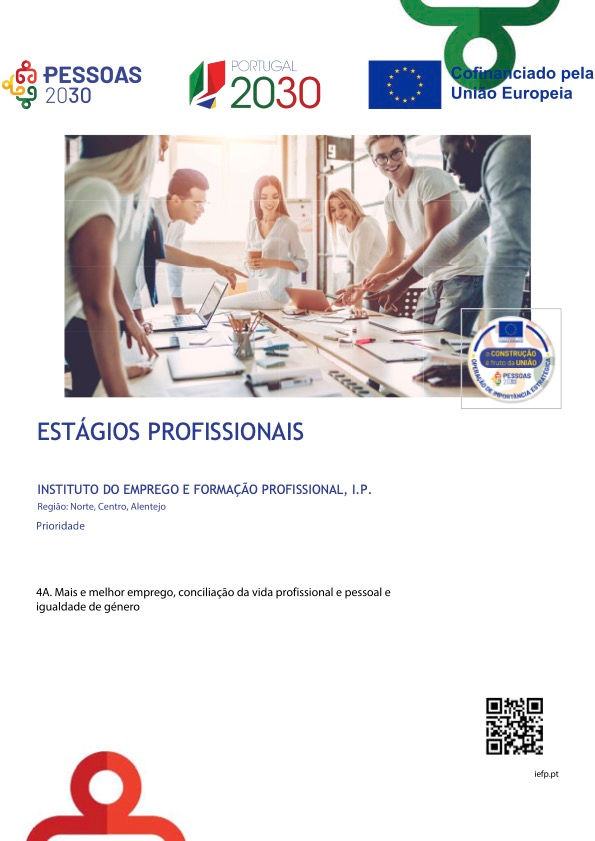Slick Hybrid Solution to Tasting Event Enigma
- David Lees
- 24 oct 2021
- 4 Min. de lectura
Interview with Christine Lechner, Consorzio, Vino Chianti Classico

A digital solution to tastings in a post-covid world.
Data from tasting activity; e.g. who tasted what?
Socially distanced and Covid-19 safe solutions
Faster and more accurate service at tastings
Bottlebooks and Consorzio Vino Chianti Classico have worked together for just over a year and in that time Bottlebooks delivered an industry-leading directory of 375 estates, built to hold the
large and complex data of the Consorzio Members’ 1,545 wines.

Although an enviable accomplishment in itself, perhaps the most surprising outcome of working together, was where this led Bottlebooks and the Consorzio during ‘the impossible year’ that was, 2020.
Christine Lechner (Head of Marketing and Events in International Markets at the Consorzio), met Jonathan Harclerode (CEO of Bottlebooks), in 2019 in Mexico,
“I knew about Bottlebooks from Prowein ...,it was then that we realised it was something we needed.”
Overhauling the manner in which we host information, and how we can then use it will always make work more efficient, this is a belief at the very core of Bottlebooks foundation. Knowledge is power. But perhaps the most innovative way we can use information is how it affects the real world around us.
Using Bottlebooks, the Consorzio not only managed to pull off one of the most daring strategy shifts in response to Covid-19 Lockdowns, but it also revolutionised the way they had run their tastings for decades. Positively impacting the service for their tastings.
Real results, in the room, in real-time.
Using Tech to Elevate Real-life Tastings
Pulling together in-person tastings safely and securely meant that the Consorzio had to make changes to operations.
“We had to change the format of the ordering system”, Christine explains. “It’s a seated tasting where the guests can ask the sommelier for specific wines. Instead of having the pen and paper with printed information, a format we’ve used for over 20 years, with the development of the app, it made it much easier for not just the taster, but also for the sommelier.”
With restaurants and bars already using QR code-based menus and ordering systems, it meant that culturally there was a shift towards this use of technology. Using it elegantly means we elevate the wines above the ’dim-sum-menu’ style ordering system that pen and paper check-box systems are reminiscent of, and we give attendees the information they require beyond the basic bin number and nomenclature usually seen on menus and lists.
The app held information for 189 producers, processed 4,000 orders, and showed over 22,000 wines.

“The app gave us filtering options; by vintage, typology [style], region, blend/variety, then with a very easy click the order is sent to the sommelier. They then see the table and seating position, and can bring the wines over.”
The impact on the efficiency of service and orders fulfilled quickly and accurately, giving tasters more time to focus on wines and well… taste!
“The taster has a track record of what was tasted [with] all the other information linked to these wines. Information about the wine specifically, the estate, the vintage. The taster can then email the wine estate or the importer directly.”
Delivering on the impossible and making it simple to use
Every year 1,500-2,000 Chianti-lovers gather in Florence to taste the best that Chianti Classico has to offer. Christine led the decision to divert to a completely new strategy. A series of six seated, socially-distanced tastings:
Munich, Tokyo, Florence, London, Chicago, New York.
Six different cities.
Six different lists.
Four time-zones.
Six times the work.
Very quickly, Christine recognised that sharing information in the most frictionless way possible was
going to be crucial.
“It was first time we did an event which was being multiplied, across six cities”, Christine explains. “We had more than 170 exhibitors… 90 showing in New York, 60 in Chicago, etc.
“Each bottler was limited to 3-4 wines each and we had to do a booklet for each tasting… The volume of data we needed to collect was huge.”

Christine could tell from experience that this kind of information, repetitive question asking, communication and design work would take hours using the more generic software solutions that were typically available; shared drives, email, excel sheets, questionnaire services, etc.
“What we had to get out of the system wouldn’t have been the same with any other system. [With Bottlebooks] you can extract your data in several different formats… Once you have built the structure of what you need, it’s easy. The more you’re using it, the less work you have to do. It’s so much more efficient.”
Onboarding and Embracing the New
New technology and good data analysis to inform decisions is something that most of the wine trade talk about, but rare is the presence of someone on the team who recognises the potential of what can be achieved and really goes after it. Christine is unequivocally that person.
“It always seems, in the beginning, that it’s harder, but once you are up and running the benefit is clear. ...The more you’re using it, the less work you have to do. It’s so much more efficient.”
Christine Lechner, interviewed by Clara Rubin for Bottlebooks on 07/07/2021



Comentarios